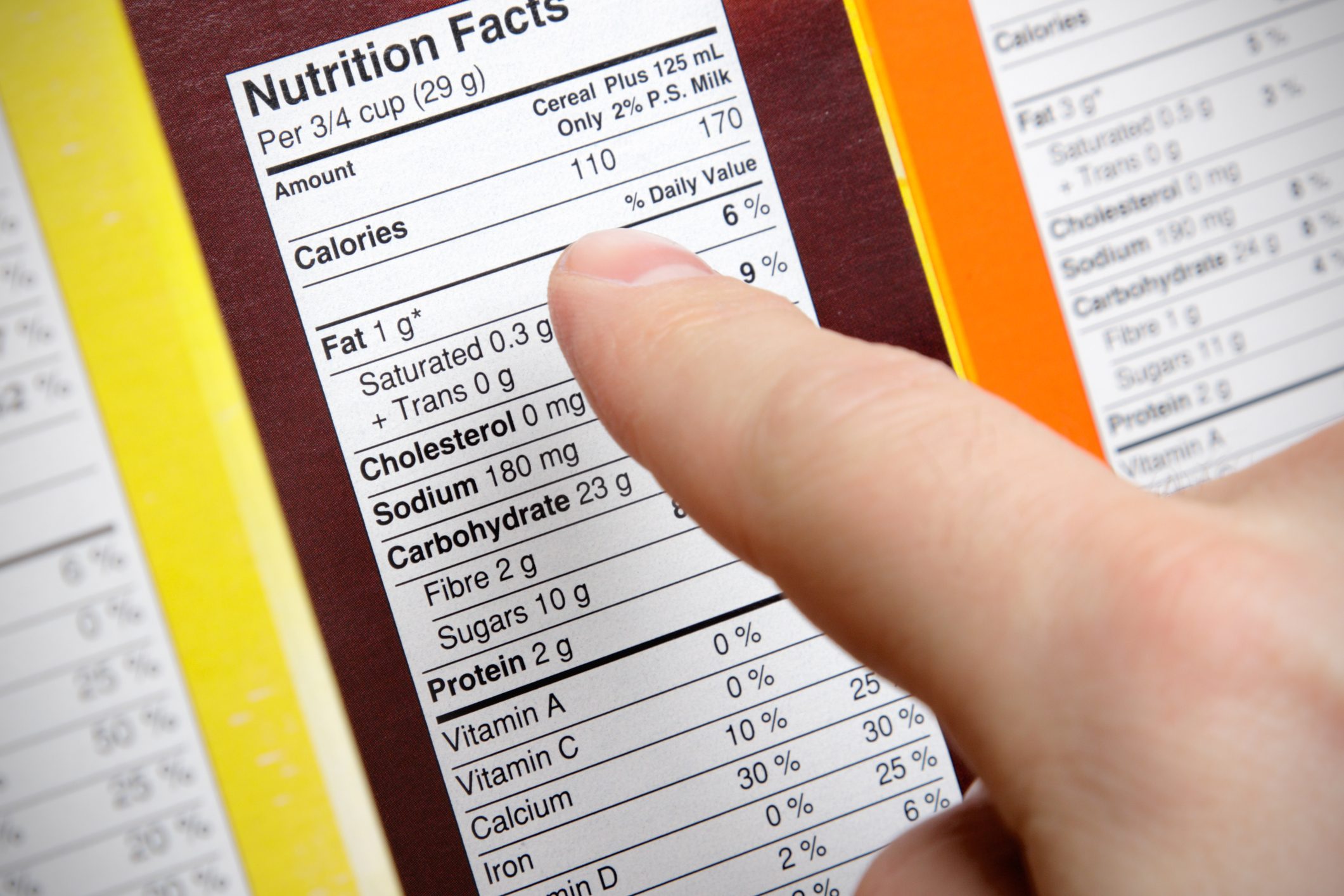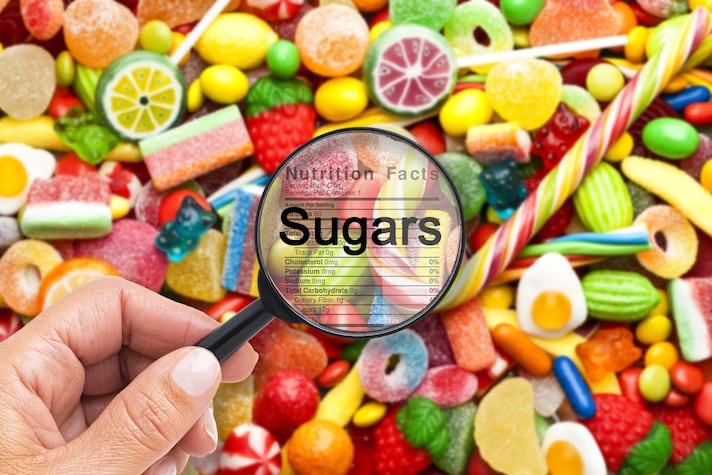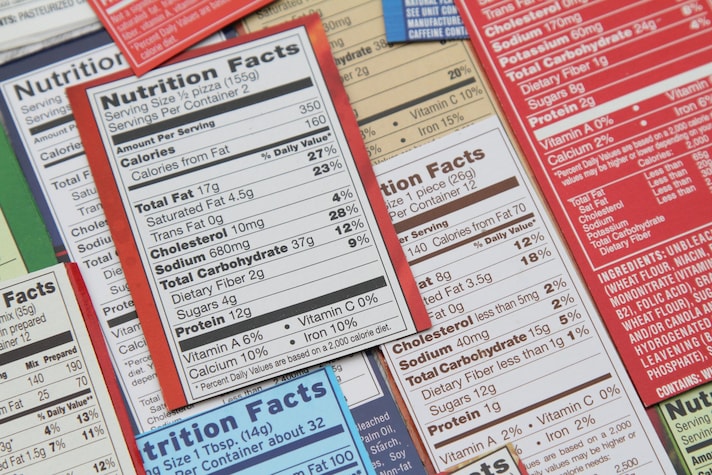Here’s Why New Nutrition Labels Don’t Sit Well With The Sugar Association
Sugar is one of the ingredients we all watch out for on food labels. And understandably so as high sugar consumption is constantly linked to numerous diseases. Now, there's a new nutrition facts label that comes with nearly all food products. The new label looks like the old label, but it has more information, to reflect what the Food and Drug Administration says is "based on updated scientific information, new nutrition research, and input from the public."
;)
The new label provides information including serving sizes and calories in bigger, bolder print, along with an updated list of nutrients, including the removal of entries related to Vitamins A and C and the addition of Vitamin D and potassium.
It also features a new section on "added sugars," the section where manufacturers are required to list out sweeteners which have been added to the product: from sucrose, dextrose, to table sugar, syrups, and honey; and sugars from concentrated fruit or vegetable juices."
Food Manufacturing says the upgrade labels were originally an Obama Administration initiative but that their release was pushed to 2021 by the Trump Administration.
Still, critics say the new labels aren't explicit enough. According to The American Medical Association (AMA), calling out "additional sugars" in a nutrition label isn't nowhere enough.

In 2018, this prompted the association to call on the FDA "to develop front-of-package warning labels for foods that are high in added sugars based on the established recommended daily value." Furthermore, The AMA encouraged the FDA to limit the amount of sugar added to foods that claimed to be "healthy" or "nutritious."
The new nutrition label, as well as the AMA's requests, has become a sensitive subject for the Sugar Association as it airs beliefs that the labels could mislead consumers.
Registered dietitian Courtney Gaine, the Sugar Association's president and CEO, termed the AMA's front-of-package proposal "misleading." Gaine feels not enough is being done to inform consumers about the use of artificial sweeteners in sugar-free products.
During a 2020 interview, Gaine said:
"Some want to reduce or eliminate them in their diets, but at the very least, most want to know if a product even contains them. However, this is very difficult to do under current food labeling regulations. Current regulations are incomplete. They lack transparency and can mislead consumers rather than clarify."

Thus, The Sugar Association requested that there's more transparency for foods with alternative sweeteners in a petition to the Food and Drug Administration. The association also stressed that the use of alternative sweeteners was on the rise because manufacturers were trying to replace sugar with what it called "high-intensity sweeteners, non-nutritive sweeteners, sugar alcohols, and novel substances in an attempt to mimic the taste and functionality of sugar."
It acknowledged that even as consumers were looking to remove or replace sugar in their diets, there was also an unwillingness to replace that with what the Association called the increased consumption "of unfamiliar substances not clearly identified on the label as sweeteners."
The association is also particularly incensed by the use of the phrases "No Added Sugars, "Zero Sugar," and "Reduced Sugars" because it feels the phrasing leads consumers to believe that the food or beverage was healthier, or lower in calories than it would have been in its original form.
The Sugar Association said:
"In actuality, the reformulated products are often higher in calories or contain alternative sweeteners that consumers are not familiar with and may have undesirable dietary qualities such as adverse gastrointestinal effects."
These concerns are backed by an online survey to determine what respondents' attitudes were towards sweeteners and what they referred to as "sweetening ingredients." Results showed that consumers were just as keen to know about sugar substitutes as they were about added sugars and that they wanted to see more transparency on sugar-free packaging.
;Resize,width=767;)

;Resize,width=712;)
;Resize,width=712;)
